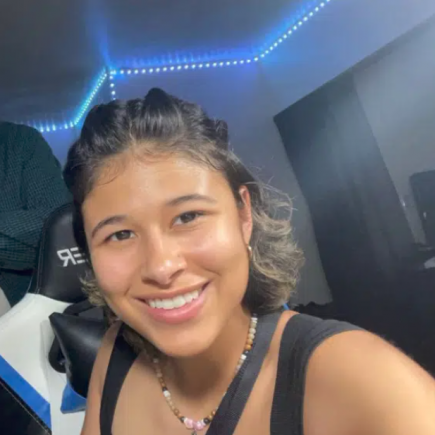About Organ & tissue Donation

Donate to a Good Cause—Human Life
Registering to be an organ and tissue donor is a profound act of human kindness. It gives another person the opportunity to live life to their fullest potential. It is a deeply emotional choice and arguably the greatest gift one could ever give or receive.
Types of Organ and Tissue Donation
A single donor can save up to eight lives through organ donation and heal the lives of more than 75 people through tissue donation. There are six different organs and six types of tissues that can be donated.
“I am beyond grateful for my transplant and all of the opportunities that I have been given, and plan on carrying on the legacy of all those who were not as fortunate as me.”

An organ donor is a person who has made the decision to donate their organs.
There are two types of organ donation. Registering as an organ donor means you’re volunteering your life-saving organs to a transplant recipient when you die. A living donor is a living person who has agreed to donate an organ to someone in need of a transplant.

The Truth Behind Organ Donation
A recent study showed 95% of Americans are in favor of being an organ donor but only 58% are registered. Review the data that illustrates how becoming a registered donor can make a difference in the lives of the more than 100,000 men, women and children in the United States who are awaiting an organ transplant.
Frequently Asked Questions
Accurate responses to questions, topics and issues help curb the spread of misinformation. Learn the truth about organ and tissue donation.
Read All FAQsSupport Donor Network West

